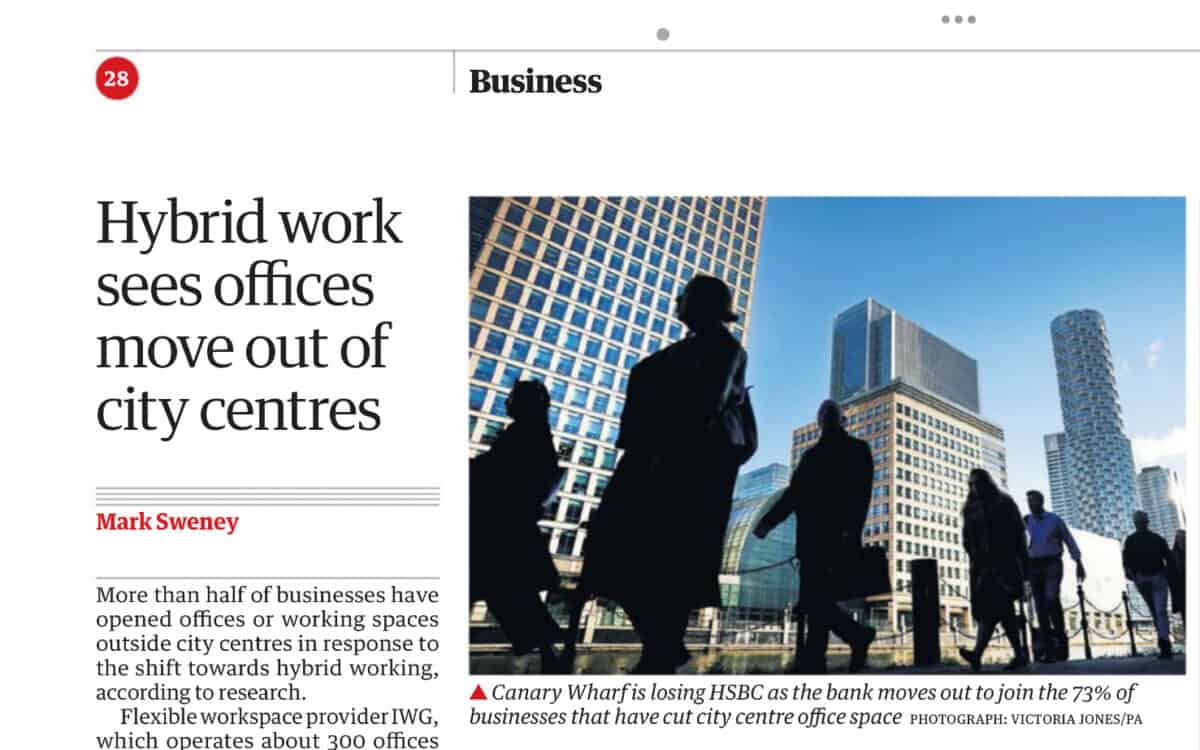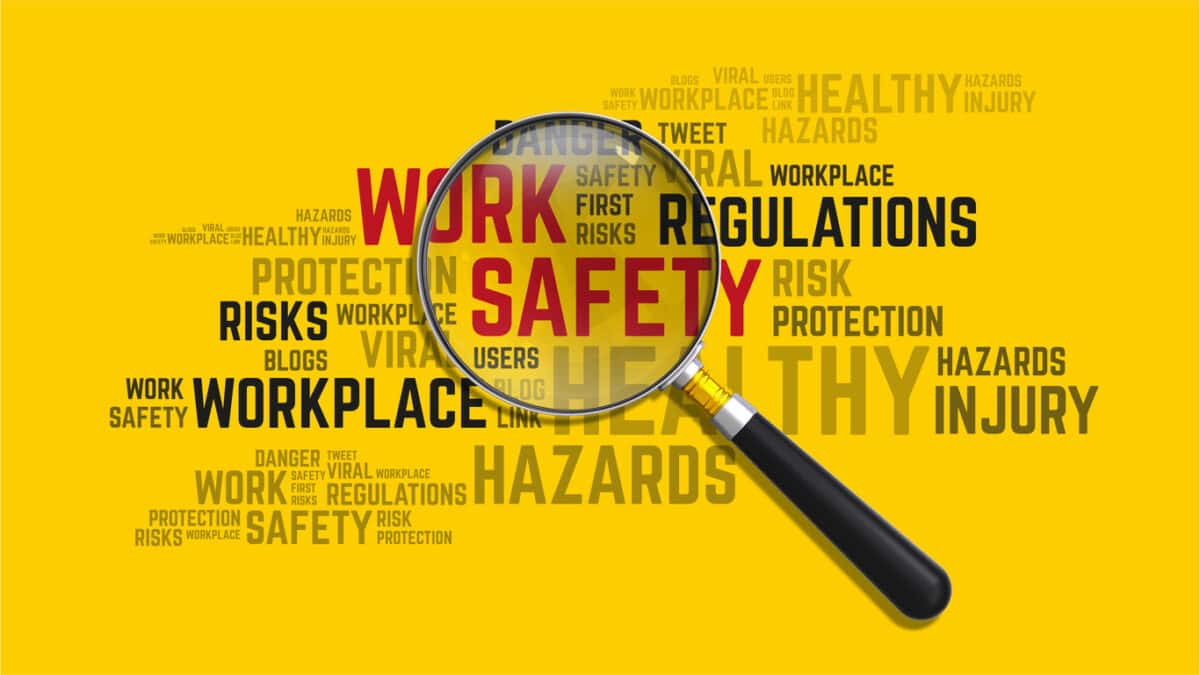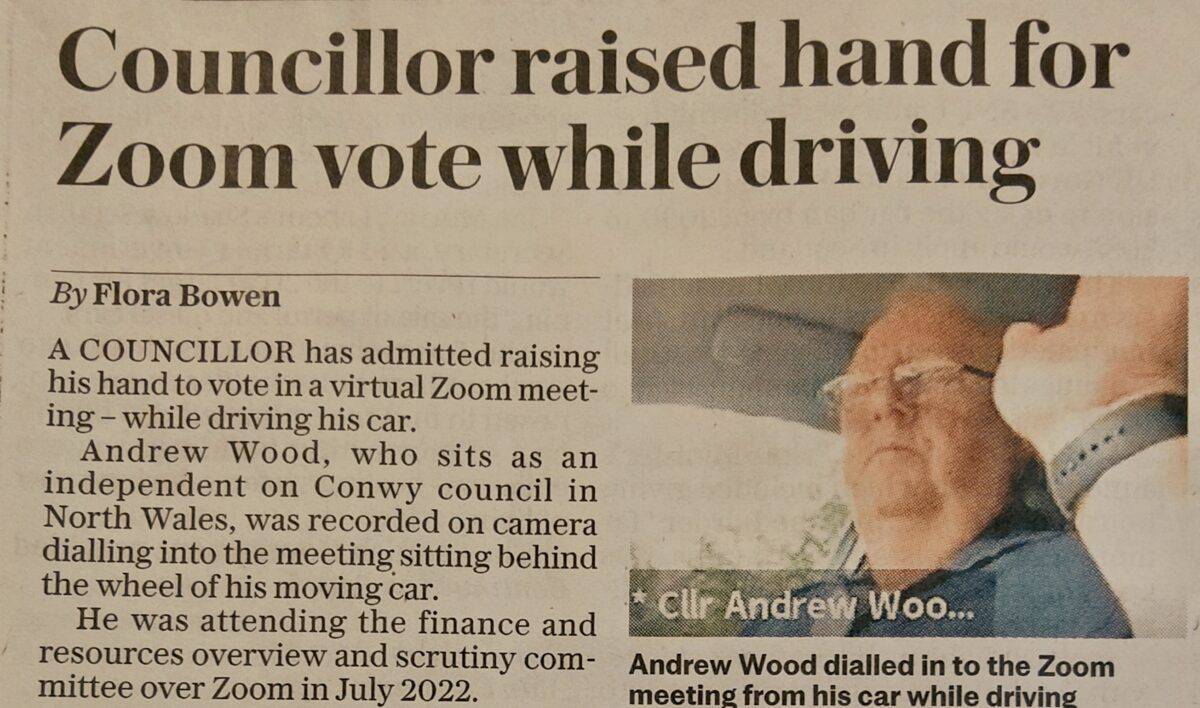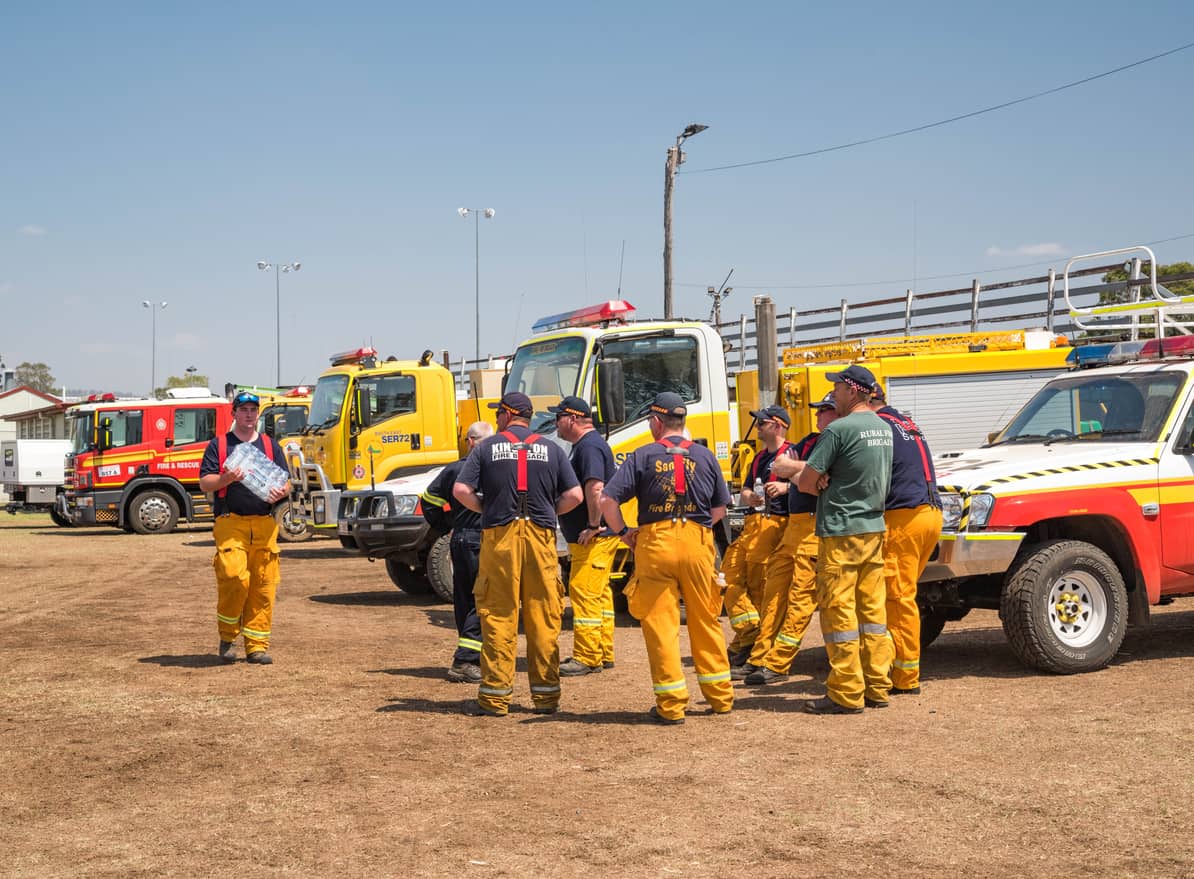The working from home (WFH) phenomenon seems established for white-collar and administration workers but the anger, protests and disappointment from businesses and landlords continues.
Should safety regulators consider a refocus in their approach?
With the continued expansion of occupational health and safety (OHS) legislative frameworks, have we gone a step too far to enable employers, particularly small- to medium-enterprises (SMEs), to operationally achieve and maintain compliance? With the recent introduction of psychological health requirements across Australia, this question has never been more important.
UK workplace survey shows the huge misunderstanding on preventing psychosocial harm
The Chartered Institute of Personnel & Development (CIPD) has released an important survey of their members about health and wellbeing at work. Amongst many of the findings is that “Stress continues to be one of the main causes of absence” and that “Heavy workloads remain by far the most common cause of stress-related absence…” So how are CIPD members reducing the heavy workloads? They’re not. 78% of respondents are using Employee Assistance Programs (EAPs) to “identify and reduce stress”. Options like hiring additional staff or reducing the workload do not even chart. OMG!
Virtual meeting while driving a car!!
Many companies have policies for driving work and company vehicles safely. Distracted driving has been identified as a high risk activity that contributes to injuries and deaths of road users. Recently, the Victorian road safety regulator introduced bans on touching mobile phones while driving. This has caused enormous debate, mostly from those who do not want to change their habits, about the safety of workers and others on the road.
Although not in Australia, this example in the UK Daily Telegraph (paywalled) on September 22, 2023, illustrates an example of very distracted driving, lying and hypocrisy.
Is it time to ditch the Safety Moment?
It’s National Safe Work Month in Australia this October. This year’s theme is SafeTea** emphasising the importance of involving everyone in work health and safety (WHS) discussions by encouraging workplaces to have a safety chat over a cup of tea. This started me thinking about safety conversations. Is the Safety Moment mentioned at the start of every meeting ritual impactful, engaging, behaviour changing or is just eroding safety credibility?
Toothless enforcement
Ross Gittins is a prominent Australian economics journalist. In The Age on September 20, 2023, he wrote an article about the recent spate of corporations being prosecuted and penalized for breaking the law. Many of his points can also relate to companies and executives breaking occupational health and safety (OHS) laws.
Continue reading “Toothless enforcement”OHS context in many mainstream news stories, if you look
Occupational health and safety (OHS) is rarely reported on in the mainstream newspapers but every week OHS is there, adding a contect to a scandal or subtext to a public health risk. Last weekend was no different. The Guardian of September 16, 2023 reported on a review of personal relationships by BP, a prison escape, deaths from air pollution, a more relaxed approach to work, shoplifting and customer aggression, and more.







